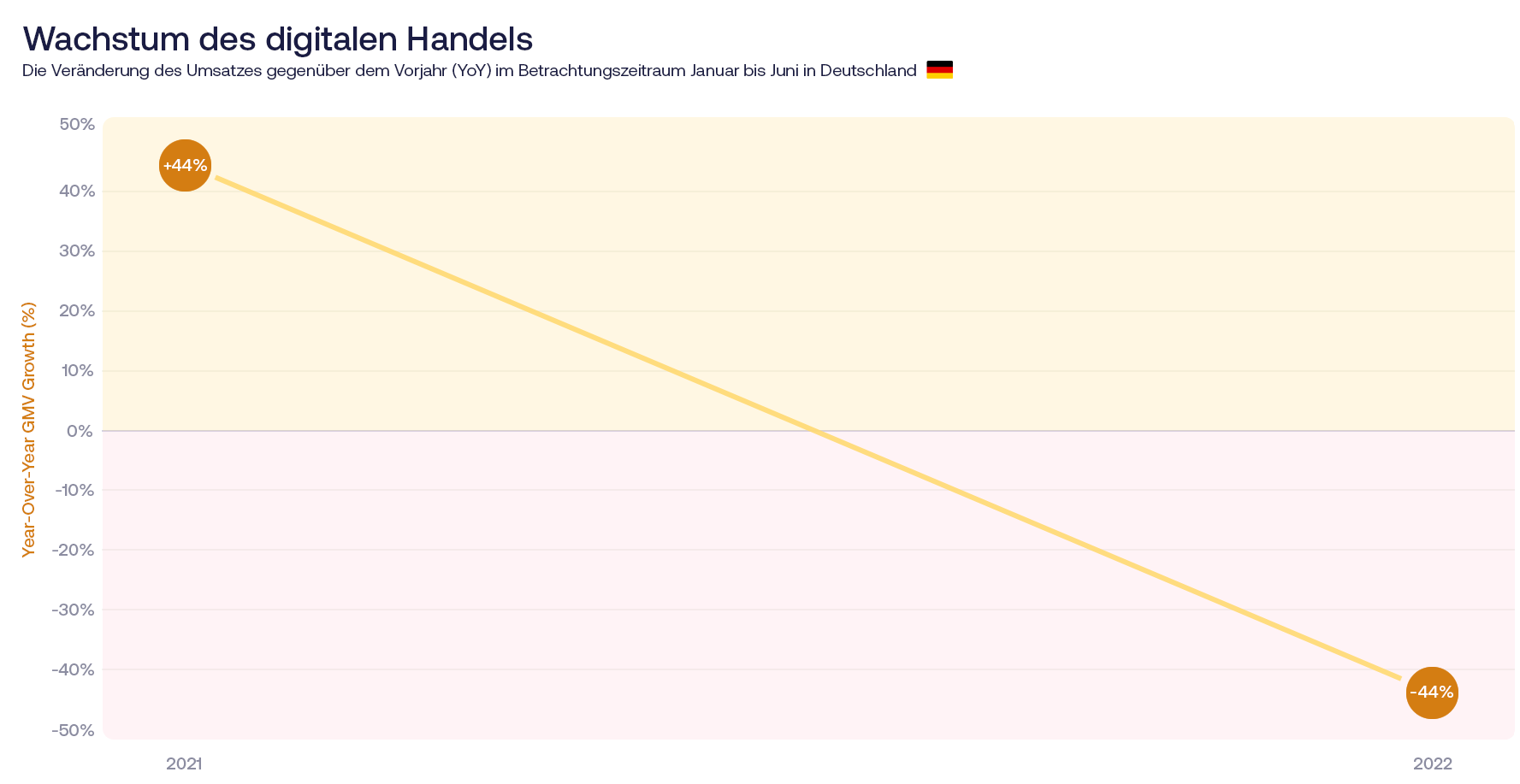ECOMMERCE
Pandemic, Inflation & Energy Crisis: Implications for Ecommerce
31.10.2022

A brief overview
Since 2020, ecommerce (also known as online retail) has experienced a massive upswing. The reasons for this are many and varied and have to do not only with better infrastructure and the availability of mobile devices, but also with external influences such as those we have experienced in recent years. The consequences of these included lockdowns, which forced businesses in a wide range of industries to close temporarily. Added to this are now inflation and the associated rising prices, as well as an impending war accompanied by an energy crisis. These are all factors that have a not insignificant influence on purchasing behavior. Initial, for example, the pandemic has favored the following circumstances:
- The customer view
From the customer's point of view, a lot has changed in this period. Anyone who wanted to store despite lockdowns had to switch to digital channels and make their purchases online accordingly. This had a massive impact on ecommerce, which has grown by leaps and bounds since the start of the pandemic. This trend has continued even in 2021 due to repeated lockdowns. - The **business owner's view
**For store owners, the pandemic was a challenging time. Stores had to be temporarily closed again and again, and those who wanted to continue to operate successfully and not miss out on sales built up a second foothold with an online shop during the lockdowns (in some cases for the first time). For many, this was a matter of necessity, but for just as many, it was ultimately a thoroughly positive experience.
Highs and lows
The lockdowns forced ecommerce to be at an inflationary all-time high. With the end of the lockdowns, it is now settling at a more realistic level. Salesforce has published a shopping index that confirms this trend. Take Germany, for example: in 2021, there was again strong growth compared with the previous year, but the effect was reversed in 2022 due to the absence of further lockdowns.

Change in digital commerce sales in Germany
Energy crisis & inflation
The pandemic is now followed by a war, which heralds the energy crisis. Directly linked to this are rising energy costs, which in turn are primary price drivers for goods. Inflation, in combination with rising prices, thus reduces consumers' purchasing power. Retailers in Germany are therefore already anticipating "massive drops in sales" for the reasons mentioned. The situation is similar in other countries, of course.
Conclusion
All in all, the outlook for ecommerce tends to be less positive, but during the last few years, even those who had not used ecommerce before have become aware of it and enthusiastic about it. This means the reach of potential customers, as well as the competition, has increased dramatically. At the height of the pandemic, customers proactively searched for things on a wide variety of platforms in order to store at all. As a result, they increasingly approached online stores. However, we are now back to a time when online stores need to be even more proactive in approaching users and targeting them. This makes it all the more important to tick the following boxes in order to cushion the current trends and steer them in a positive direction instead:
-
Continuously optimize the online shop
a) to be more discoverable on Google
b) so that users have a good experience when using it -
Set up & place advertising campaigns correctly and use the right keywords
The rule of thumb is therefore to invest right now in order not to be overtaken or left behind by the market. At the same time, it is important to set realistic expectations for sales. Consistent sales (in spite of or precisely because of marketing activities) should be seen as positive, because this has prevented major sales slumps. Increases in sales, on the other hand, are to be rated doubly well, especially in times of crisis.
Sources:
https://www.salesforce.com/de/resources/research-reports/shopping-index/
https://www.sueddeutsche.de/wirtschaft/einzelhandel-weniger-umsatz-wegen-energiekrise-1.5684165
More to Explore
Discover more insights from our latest articles
© 2025, Shopstory









